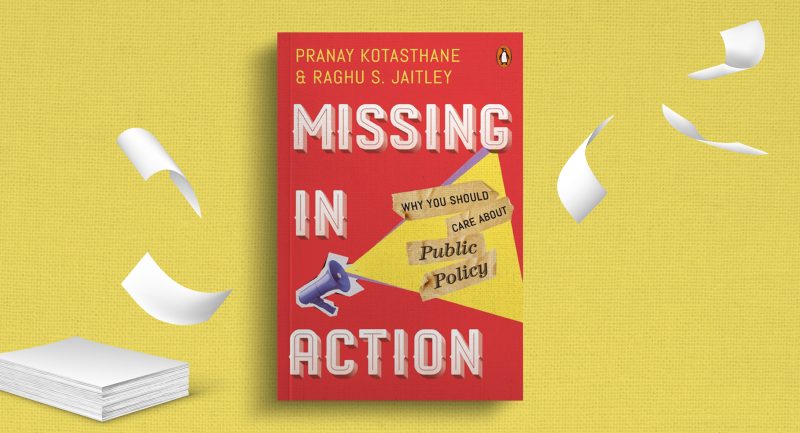
Exploring the legal and socio-political history of India, from the British period to the present, ‘Republic of Rhetoric’ by Abhinav Chandrachud examines the right to free speech and the freedom of expression in this country. Authoritative and compelling, this book offers arguments that have not been substantially advanced before. Here’s an excerpt from the book.
——
The law of sedition in British India was rather different from its counterpart in England. There, since 1832, sedition was narrowly defined to mean inciting violence or insurrection against the government. It was a ‘misdemeanour’, or lesser offence, which attracted a sentence of imprisonment of a few years.
Misdemeanours in England were ‘bailable’ offences, meaning that a person accused of sedition could get bail as a matter of right. Prosecutions for sedition were rarely launched there. It was also difficult to obtain a conviction for sedition in England because those who were accused of that offence were tried before juries which tended to be sympathetic to their own countrymen.21
By contrast, sedition in British India, enacted in the form of Section 124-A of the Indian Penal Code in 1870, was defined very broadly to include merely evoking hatred, disloyalty or bad feelings against the government. It was punishable with ‘transportation’ to an overseas prison for life. It was a non-bailable offence. Prosecutions for sedition were relentlessly launched against the leaders of India’s freedom struggle. ‘Special’ juries, consisting of a majority of white jurors, were deployed in the trials of those who were accused of sedition. For example, in 1908, the prominent nationalist leader, Bal Gangadhar Tilak, was tried and convicted for sedition at the Bombay High Court by a jury consisting of seven white and two Parsi jurors, which unsurprisingly found him guilty by a majority of 7-2. If Tilak had been given the right, like Englishmen, to be tried before a jury of his own countrymen, there is no doubt that he would have been acquitted.
On the right to free speech, sedition therefore generated a great deal of debate in the Constituent Assembly. Members of the Assembly were keen to get rid of sedition, which had long been used against Indian patriots. However, by virtue of its first amendment, introduced in 1951, the Constitution did very little to limit sedition. Sedition continues, to this day, to stand as part of the Indian Penal Code. It is still repeatedly invoked against those who speak in an allegedly anti-national way. Two instances come to mind in 2016 alone. Jawaharlal Nehru University Students Union president, Kanhaiya Kumar, was accused of sedition for allegedly raising anti-India slogans on the university campus in Delhi. Amnesty International was similarly accused when it organized an event at Bengaluru on human rights atrocities in Kashmir, at which anti-India slogans were allegedly raised. Court rulings which declared sedition unconstitutional in the early years of the republic were undone by the First Amendment to the Constitution, spearheaded in 1950 by Prime Minister Nehru, who was afraid that people would use the right to free speech to preach violent crimes, like murder and communal rioting, with impunity. Sedition continues to be a non-bailable offence, and it attracts a whopping maximum sentence of life imprisonment. Though sedition now means what it did after 1832 in England, i.e., incitement to violence and insurrection, it can’t be said that this was necessarily an outcome brought about by the Constitution. Even prior to India’s independence, Chief Justice Maurice Gwyer of the federal court had applied the English test of sedition in a case, before he was overruled by the Privy Council.
Remarkably, sedition became a ‘cognizable’ offence for the first time in the 1970s, several decades after India became independent. A ‘cognizable’ offence is one in which a police officer may arrest the accused and investigate the case without a warrant or direction from a magistrate. In other words, during the British colonial era in India, a person accused of sedition could not be arrested by a police officer without the officer first obtaining a warrant from a magistrate. By contrast, today, a police officer may, even without a warrant from a magistrate, arrest a person accused of sedition. This change was brought about by the Indira Gandhi government in the 1970s, only a few years before the Emergency was declared in India.
—–










